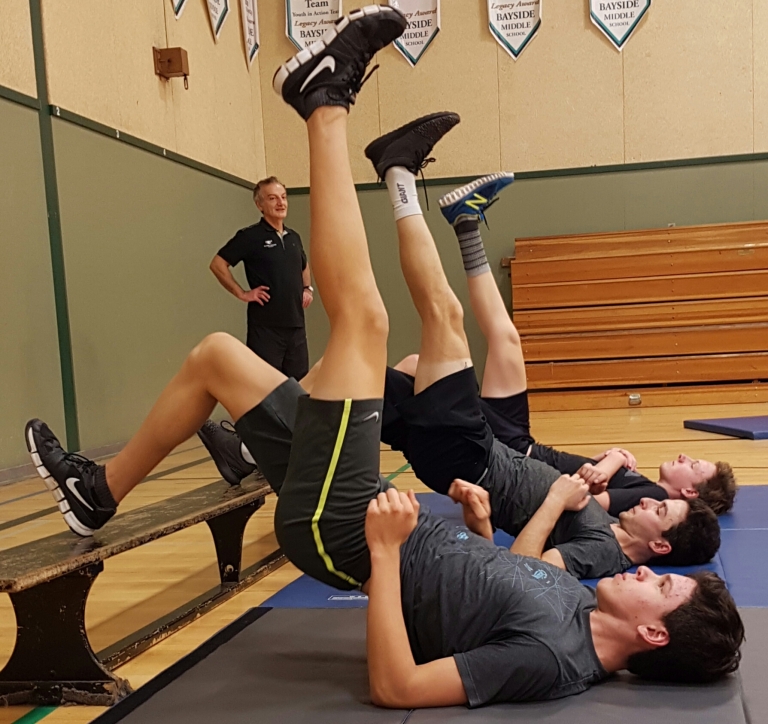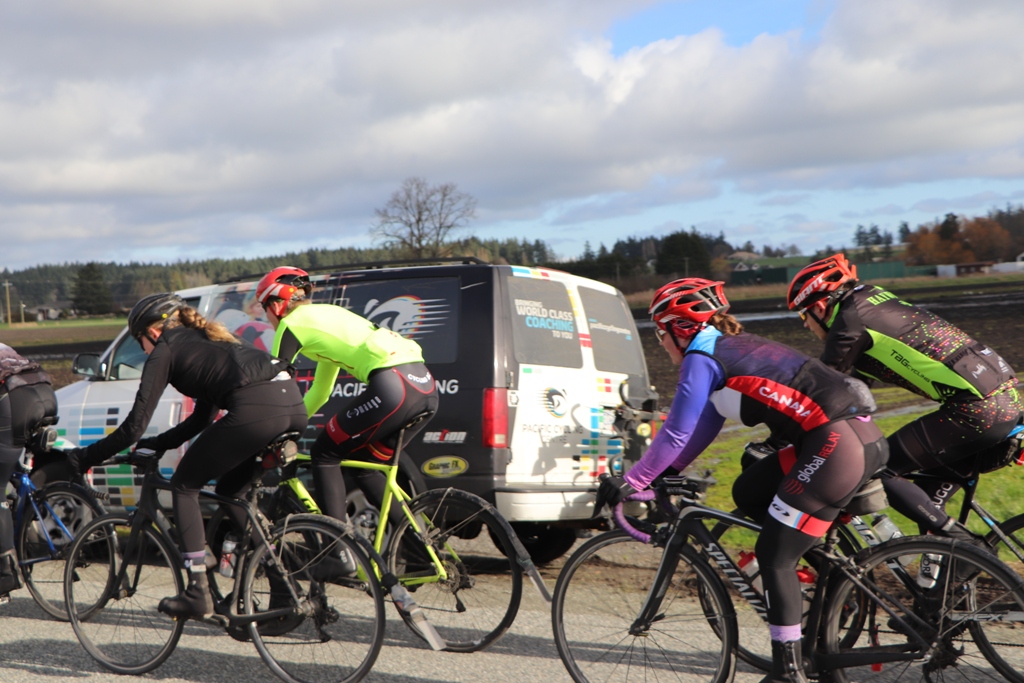Off-Season Training

For most cyclists the cycling season ends with the World Championships in September or other races that month. Following the final race the transition phase starts. The usual duration of this phase is a minimum of three weeks and maximum of five weeks depending on how hard your season was.
The main purpose of this transition phase is to facilitate adequate physiological and psychological rest and rejuvenation while maintaining an acceptable general fitness level. In order to maintain your base fitness you will need about 3-4 training sessions per week that consist of a variety of aerobic activities such as hiking, jogging, swimming etc. Whatever you enjoy doing. Each session can be from 1.5-3 hours in length but must include stretches and core work.
The transition phase is a good time to reflect on the season and re-evaluate what has gone right, and most importantly what didn’t go as planned during your season. Generally, you and your coach can start looking into each Key Performance Factors given your discipline and the race requirements, and to identify the gaps and weakness that you had in past season. Based on those findings you can start planning the new season.
Start the new plan with setting goals and follow it with a list of needs to achieve your goals (e.g. equipment improvement, strength development, etc.) and work through it. As long as your goals are realistic, and you have identified how you can achieve these goals and objectives, you will be able to overcome challenges. Remember, a good and well thought out plan is only the start. The most important part is the implementation and managing of your plan. As this is a complicated process, an experienced coach can help you to simplify the procedure and save you time in the long run to steer you in the right direction.
At PCC, we start our off-season training late in October with the setting up of an individual plan for each athlete. In our programs we start our group training sessions with three supervised sessions (two road rides and one indoor dynamic strength session) as well as training camps.
By Houshang Amiri

